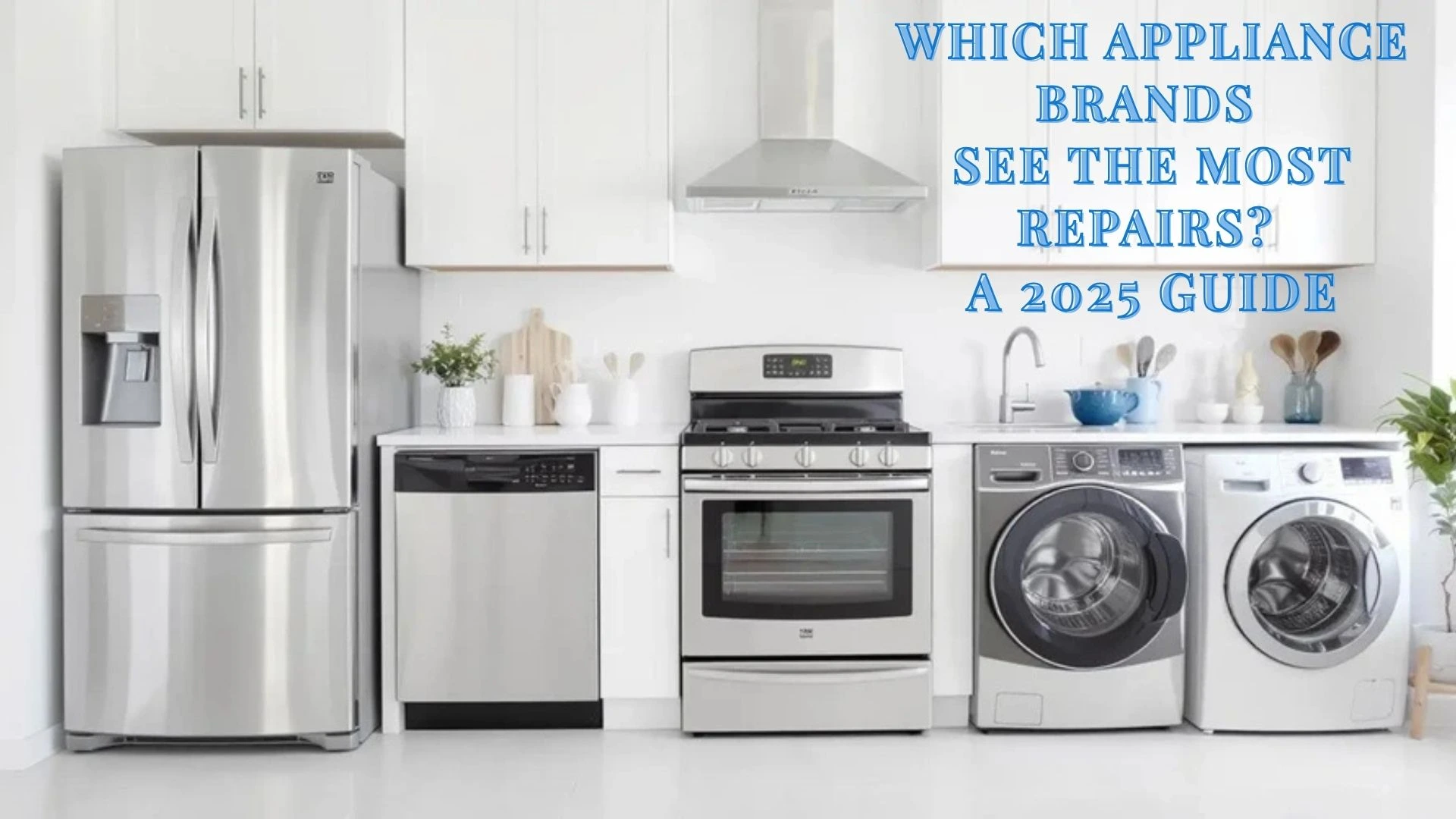If you’ve ever stared at a blinking error code on your dishwasher and wondered, “Is it just me—or do some brands break more?”, you’re asking the right question. Some appliance categories (and certain brand lines within them) do tend to need service more often—especially in the first year. This guide pulls together what recent service-call logs and large-scale surveys show, then translates the patterns into practical buying advice you can actually use.
First, how to read “repair-rate” numbers (so you don’t get misled)
- Service rate ≠ failure rate for life. Most published figures track the percentage of units sold that required at least one service visit in the first year—useful, but not a lifetime predictor.
- Geography and sales mix matter. A retailer’s data reflects the brands and models it sells and services in its region. A line that’s “high repair” in one dataset may be rare or absent in another.
- Complexity drives risk. More features (ice/water systems, dual-fuel ovens, smart modules) usually mean more possible points of failure. That’s why category comparisons are as important as brand names.
The categories most likely to need repairs
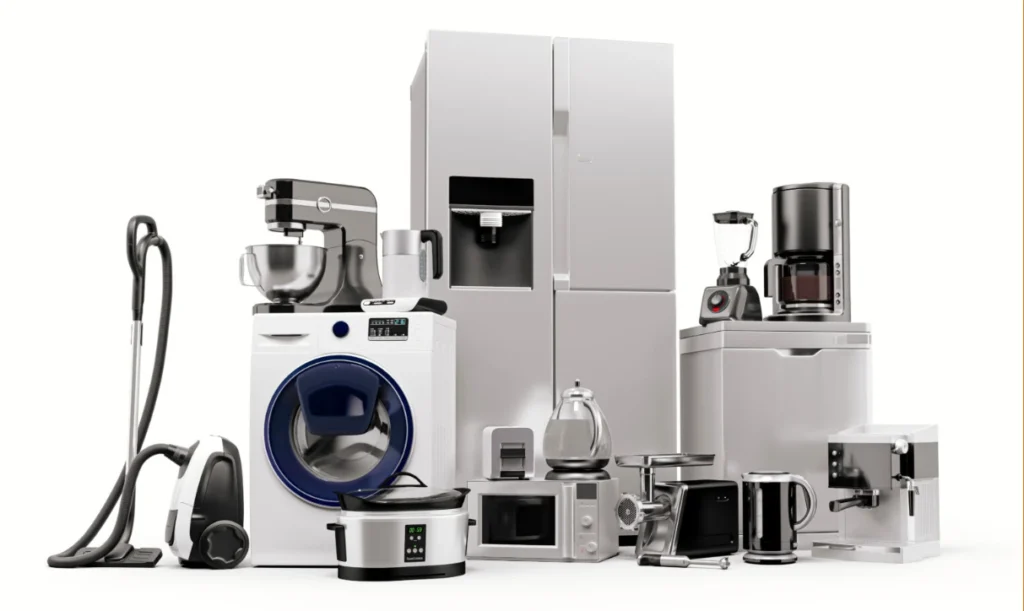
While washers, ranges, wall ovens, and many dishwashers are relatively reliable, two categories keep bubbling up with higher service needs:
- Counter-depth French-door refrigerators. Ice makers and water dispensers are common culprits; the format is stylish but mechanically dense.
- Professional/dual-fuel ranges. Pro-style ranges pack complex burners, ignition systems, and electronics; dual-fuel models add electric ovens on top of gas cooktops, increasing service exposure. (One brand’s dual-fuel line has historically shown first-year service rates around or above 30% in certain years.)
Brands and lines that see more repairs—by category
These snapshots are from 2024–2025 reliability write-ups that analyze tens of thousands of real service calls. Percentages below represent the share of units sold that needed at least one service visit within the first year in those datasets. Your local results can vary.
Dishwashers (2025 snapshot)
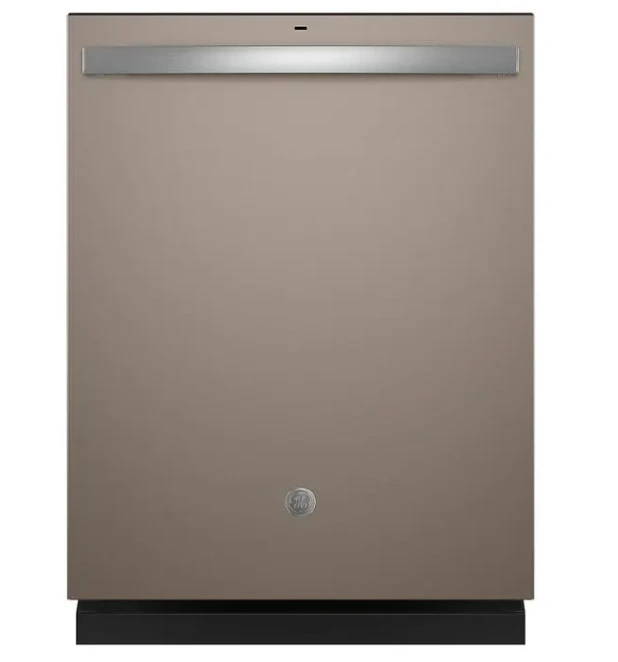
Recent service-rate tables show the highest percentages among popular brands clustered around premium/bespoke lines. In one 2025 data cut, the upper end included:
- Fisher & Paykel: ~21.5%
- Café Appliances: ~20.3%
- Beko: ~17.7%
More mid-range results in that same dataset included GE Profile (~11.6%), while Bosch and Miele sat near the category average (9–10%), and LG was notably low (4.7%). Again, that’s first-year service—not lifetime failure.
Why the gap? Drawer-style mechanisms, specialty wash systems, and parts availability can raise service exposure. Installing quality (drain routing, leveling) also plays a significant role in dishwasher headaches.
Counter-depth French-door refrigerators (2025 snapshot)
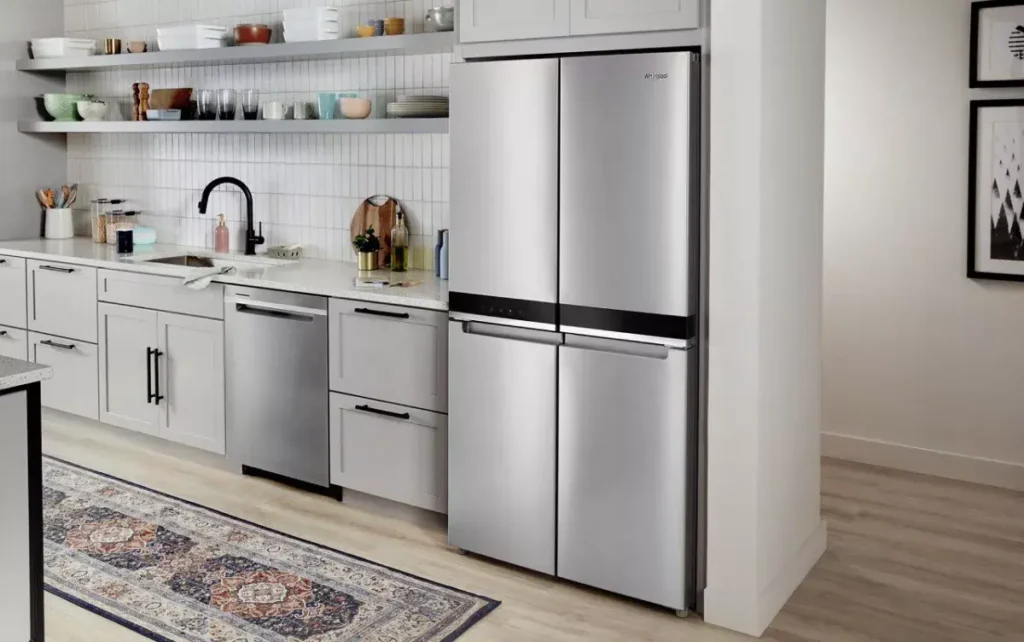
Among mainstream counter-depth French-door models, the dataset below showed higher first-year service rates for some GE family lines:
- GE Profile: ~21.6%
- Café Appliances: ~19.6%
- GE Appliances (core line): ~19.2%
By contrast, LG and LG Studio counter-depth models landed notably lower in the same table (roughly 8–7%), with Bosch sitting in between (about 12.5%). The main differentiator? Ice/water systems and door hardware are frequent failure points.
Laundry (front-load and top-load)
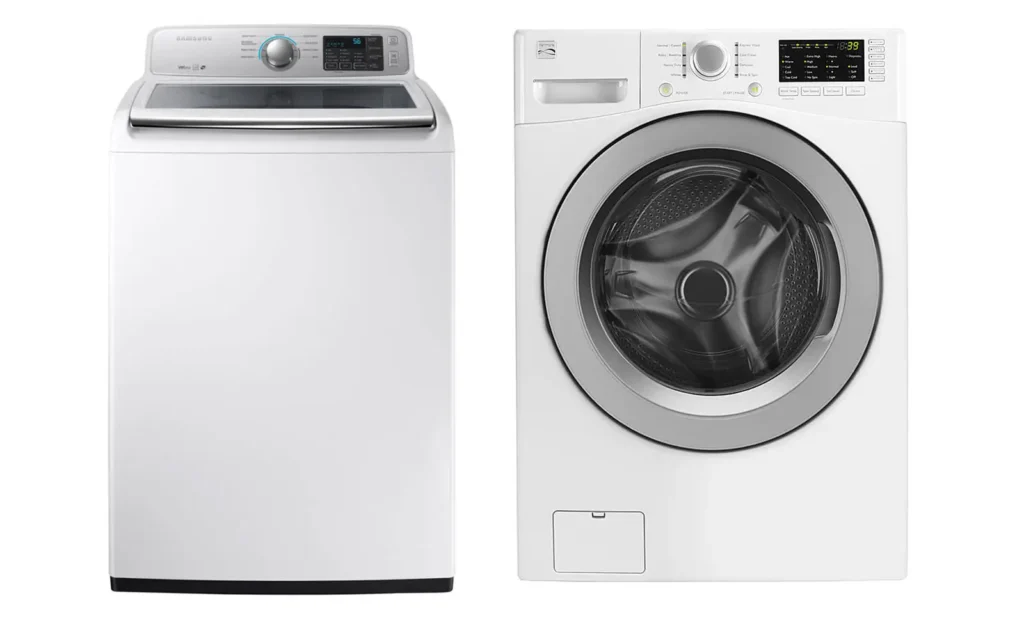
Laundry has been a bright spot overall, with front-load service rates in the mid-single digits for leading brands. A 2025 comparative set showed GE Profile (~3.2%), Samsung (~3.4%), and LG (~3.6%) at the top for front-load reliability, with GE (core line) higher but still reasonable. Top-load numbers ran a bit higher on average. Translation: laundry isn’t where most people get burned—refrigeration is.
Professional & dual-fuel ranges
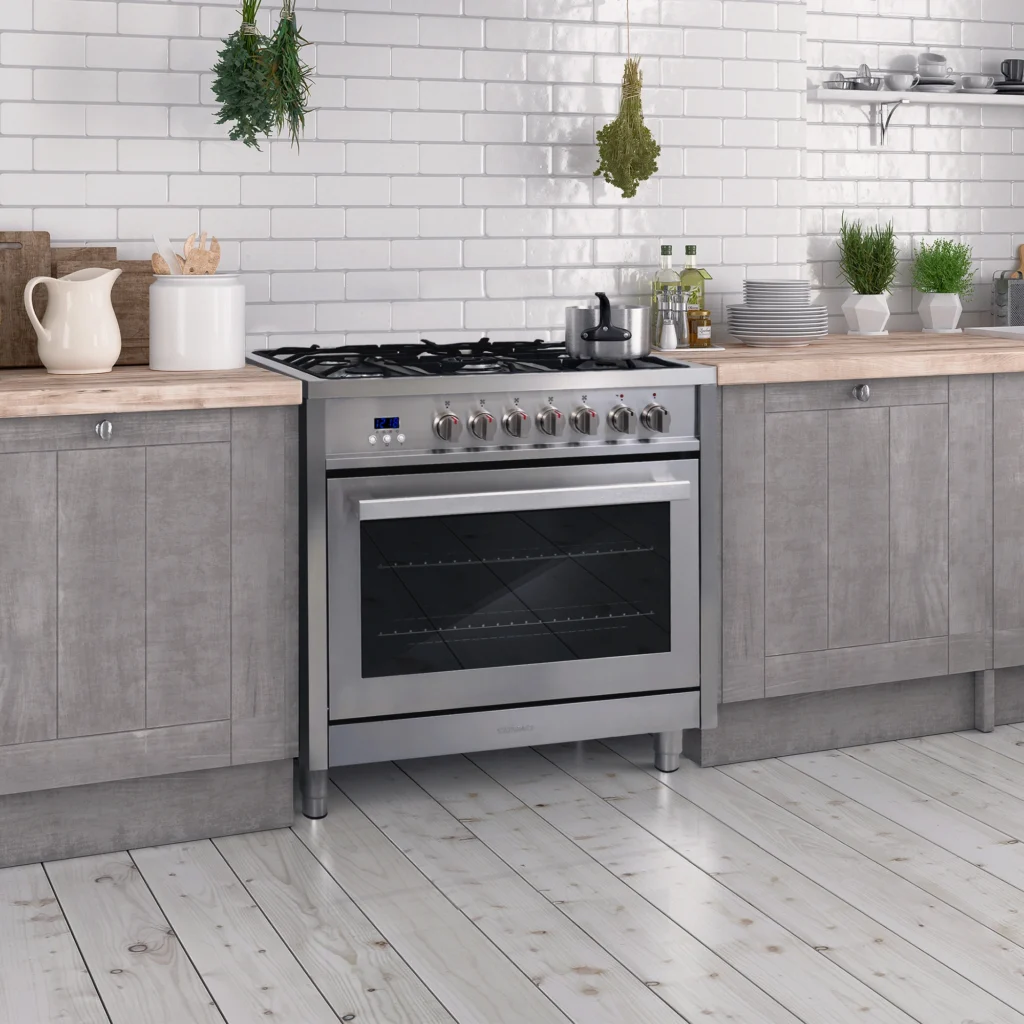
Pro ranges (and especially dual-fuel variants) tend to see more first-year service than slide-ins and freestanding ranges. The combination of gas ignition systems, sophisticated oven electronics, and heavy doors/bearing rails increases the chance you’ll need a service call early on. One widely cited review pegs dual-fuel service rates above 30% for a major luxury brand in certain years—again, a function of complexity rather than poor engineering per se.
Why do some brands (or lines) rack up more repairs

- Feature density: Through-the-door ice, dual compressors, steam ovens, TFT touchscreens…all great until a sensor or valve hiccups. Refrigerators with elaborate ice/water systems are frequent service drivers.
- Parts pipelines: A “reliable” product can still be a headache if parts are back-ordered or the brand’s service network is thin in your area. Some brands are improving this; others remain inconsistent across regions.
- Installation variables: Mis-leveled dishwashers, kinked fridge water lines, uncalibrated oven doors—small setup errors can masquerade as “brand problems.”
- Sales mix optics: If a retailer sells more premium, feature-rich models from a brand, its logged service rate for that brand may skew higher than a shop that sells only the brand’s simpler units.
How to buy to avoid repair-prone picks
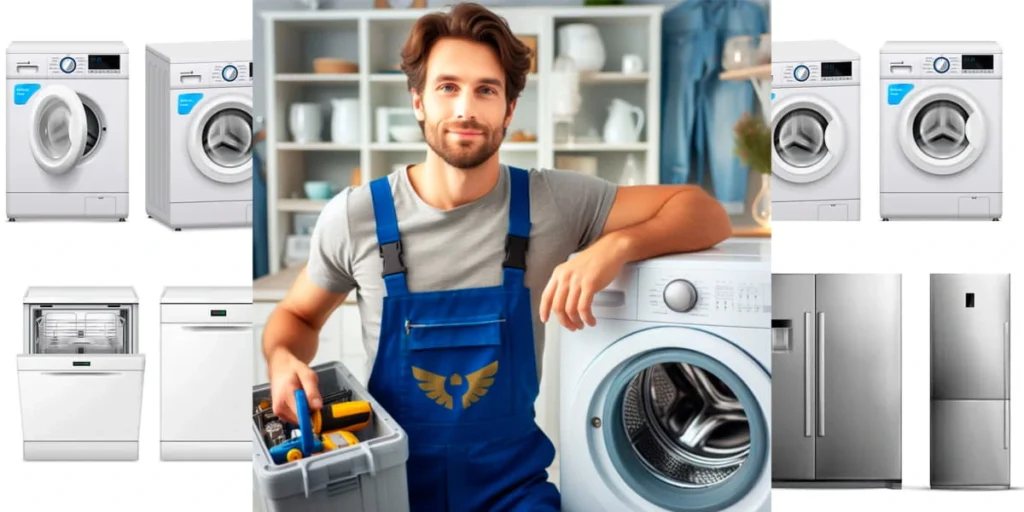
- Pick the right category first. If you prize up-time over bells and whistles, a standard-depth fridge with a simpler ice system will usually outlast a counter-depth French-door with dual ice makers.
- Look at first-year service rates and long-term surveys. Pair retailer service-call data with neutral survey work (e.g., Consumer Reports’ predicted-reliability findings) to see both early-life and multi-year trends.
- Verify the service where you live. Before you buy, ask who actually fixes the brand locally, the typical turnaround time, and parts availability. A good product + poor local service = pain.
- Avoid unnecessary complexity. If you won’t use a feature weekly, skip it. Fewer moving parts often mean fewer service tickets.
- Mind installation and maintenance. Level the appliance, use approved water filtration, clean dishwasher filters monthly, and keep washer doors/gaskets dry. Many “brand problems” vanish with basic care.
Quick brand takeaways (read with nuance)
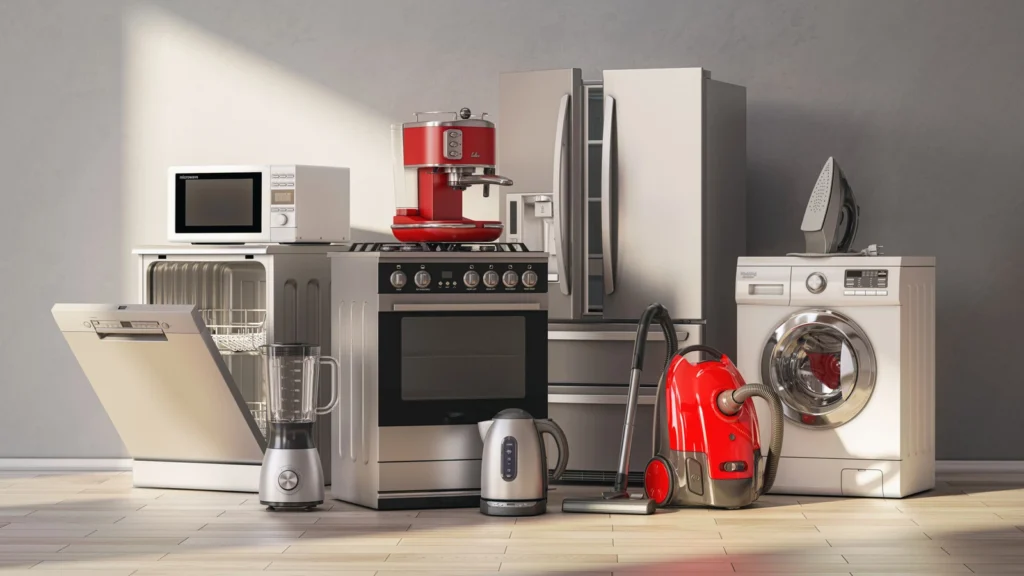
- Counter-depth fridges: GE Profile/GE/Café counter-depth French doors show higher service percentages than LG/LG Studio in 2025 data. If you’re set on counter-depth, scrutinize the ice/water system.
- Dishwashers: Expect more first-year service calls from Fisher & Paykel and Café lines vs. LG in recent 2025 data. Bosch/Miele cluster near average, varying by model.
- Laundry: Big three—GE Profile, Samsung, LG—are tightly grouped at ~3–4% first-year service for front-load sets in the latest cut. Laundry isn’t the problem child right now.
- Pro/dual-fuel ranges: Excellent performers, higher complexity. Expect more early service than with regular slide-ins; dual-fuel in particular has shown notably higher first-year service in some lines/years.
When to repair vs. replace
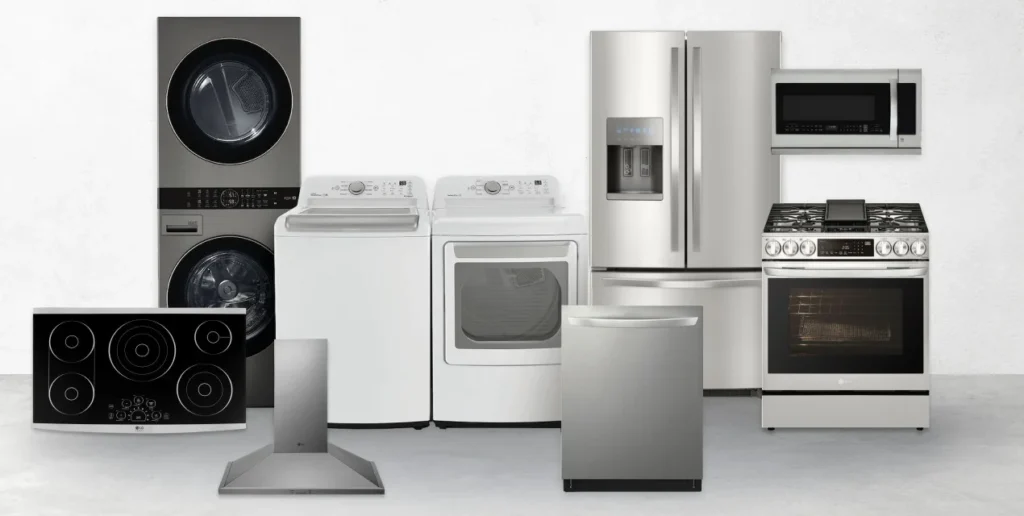
- Repair if the unit is newer than ~7 years (dishwashers) or ~10 years (fridges/ranges), the issue is isolated (e.g., valve, igniter), and parts are readily available.
- Replace if the sealed system (compressor/evaporator) fails on an older fridge, the range’s control board keeps blowing, or multiple high-cost components have already been replaced. (Also factor in energy use; new fridges can materially cut your bill.)
Need practical help next?
Appliance Rescue offers expert guides, appliance tips, and troubleshooting advice to help you solve problems yourself or make a smarter next purchase. They do not perform repair services. If you want to ask a question about content on their site or suggest a topic, you can contact us.
Sources & notes
- Category reliability patterns and the importance of service networks are drawn from 2025 service-call datasets and editorial analysis.
- Dishwasher service rates (2025), including higher-repair brands (Fisher & Paykel, Café, Beko) and lower-repair brands (LG) come from a first-year service table.
- Counter-depth French-door refrigerator service rates (2025)—GE Profile, Café, GE vs. LG/LG Studio/Bosch—are from a mid-2025 reliability table.
- Category risk: Counter-depth French-door fridges and pro ranges generally show higher service needs than washers/dishwashers; common failure points include igniters and ice/water systems.
- Pro/dual-fuel ranges: complexity and historically higher first-year service in certain luxury dual-fuel lines.
Reminder: “Most repairs” doesn’t mean a brand is “bad.” It usually means a specific line in a complex category is more service-prone. Always check the exact model, your local service options, and recent reliability data before buying.
